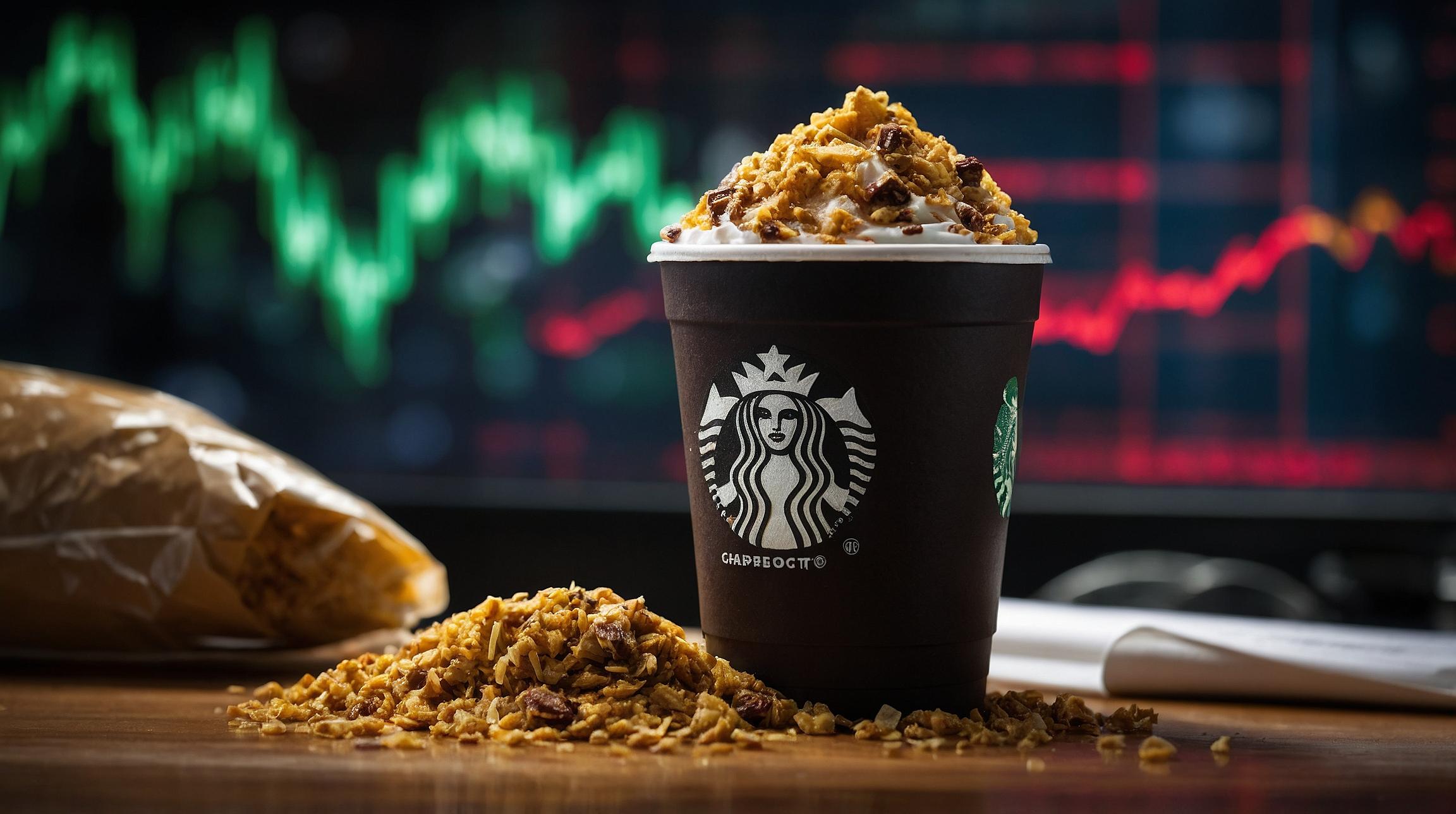Blockchain Technology: A Game Changer in Finance
Blockchain technology, widely recognized for its impact on finance, is poised to revolutionize the industry. One of its most exciting prospects lies in reducing cumbersome processes involving multiple parties. This concept is central to the views expressed by Anthony Scaramucci, a renowned hedge fund veteran.
Solana Breakpoint 2024: A Vision for Financial Transformation
Speaking at the Solana Breakpoint 2024 conference, Scaramucci highlighted the potential of Solana, a leading cryptocurrency, to streamline finance. The current securities industry involves numerous intermediaries, creating unnecessary friction and delays in transactions.
Understanding the Current System and Its Challenges
When buying or selling stocks, transactions pass through several entities, prolonging completion. Historically, this process took five days, known as T+5. Though reduced to one day (T+1), Scaramucci suggests it still involves excessive friction.
Solana's Potential to Transform Financial Transactions
Solana, a layer-1 blockchain, offers a solution by enabling tokenization. Tokenization converts traditional financial assets into digital tokens on a blockchain, facilitating direct ownership transfers without intermediaries. This could unlock $7 trillion tied up in transaction verification, as estimated by Scaramucci.
Real-World Example of Tokenization
Consider buying a house. Typically, this involves banks, agents, and lawyers, each adding complexity and cost. With tokenization, ownership can be directly transferred through blockchain, simplifying the process and reducing costs.
Market Trends: Solana's Current Standing
As of now, Solana trades at $146.04, reflecting its growing significance in decentralized finance (DeFi) and cryptocurrency markets. Its ability to eliminate third-party involvement could significantly impact global financial systems.
Implications of a $7 Trillion Shift
Scaramucci believes that redirecting transaction costs back into the economy could have profound effects, enhancing efficiency and growth. This vision aligns with broader trends in blockchain technology, emphasizing decentralization and peer-to-peer transactions.
Conclusion: Towards a Future with Blockchain Technology
As digital assets become central to our financial landscape, the role of blockchains like Solana in reducing transaction friction will be crucial. Understanding these dynamics is essential for anyone interested in the future of finance.













